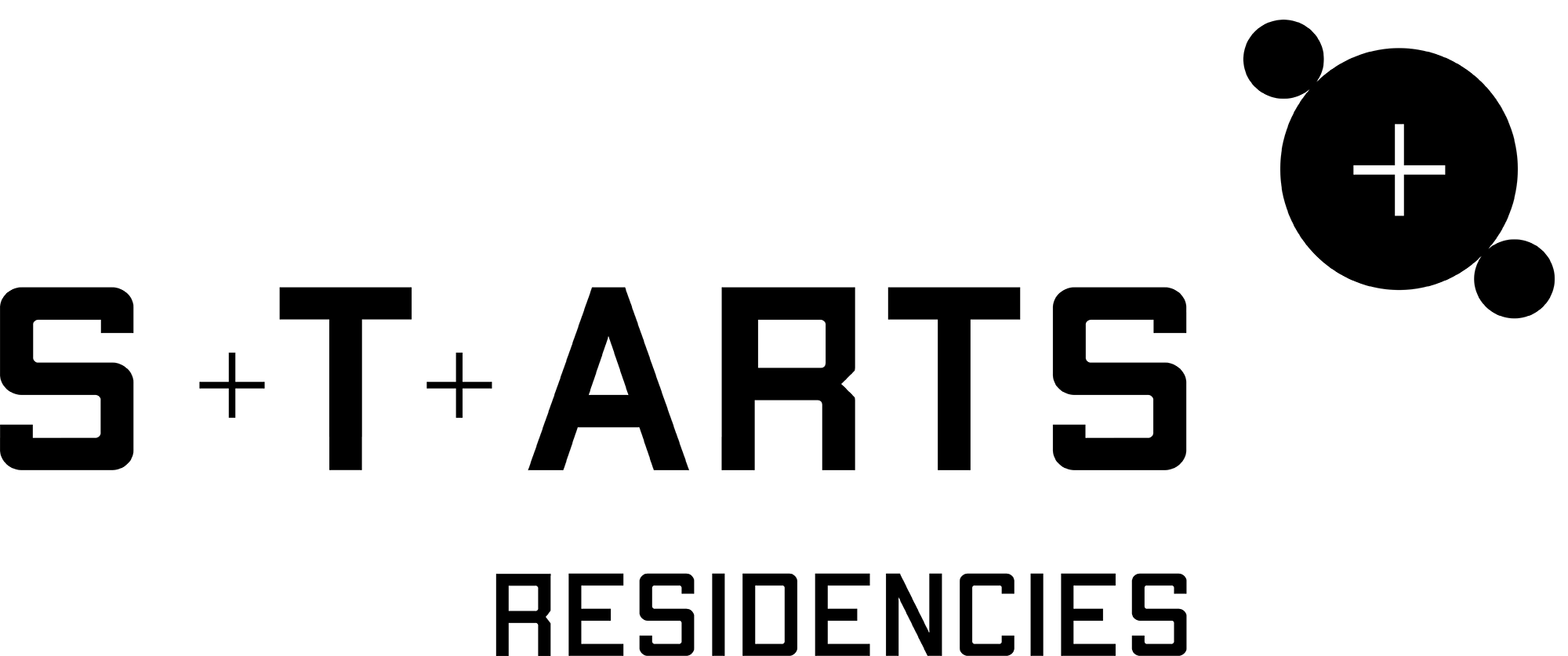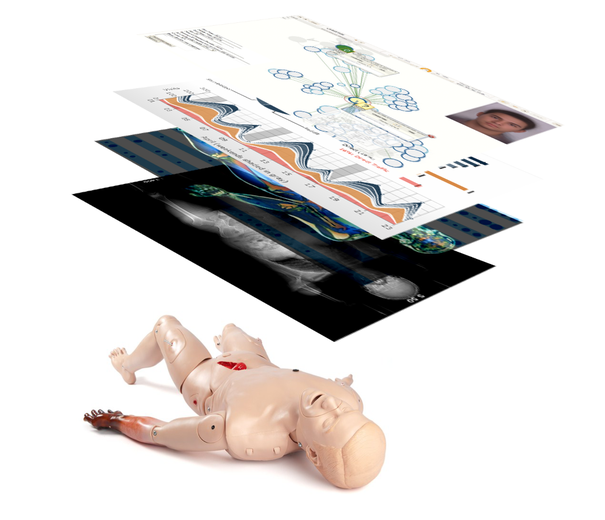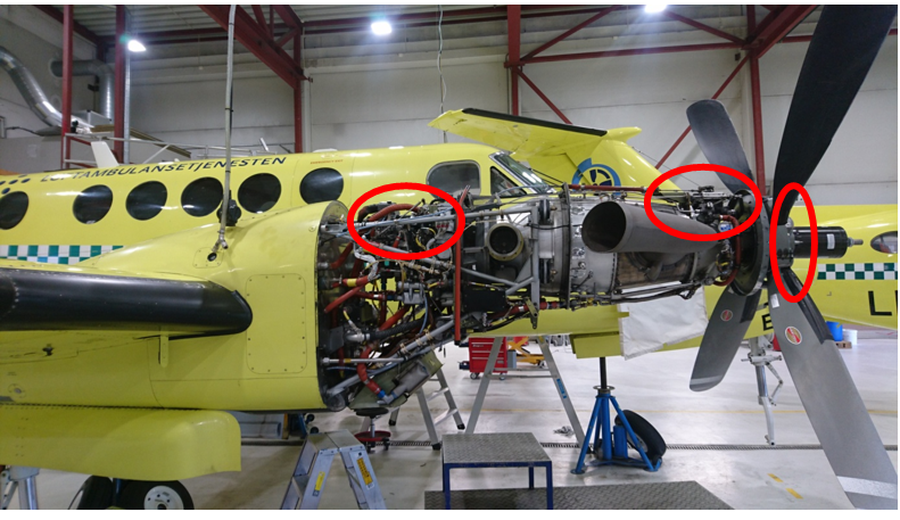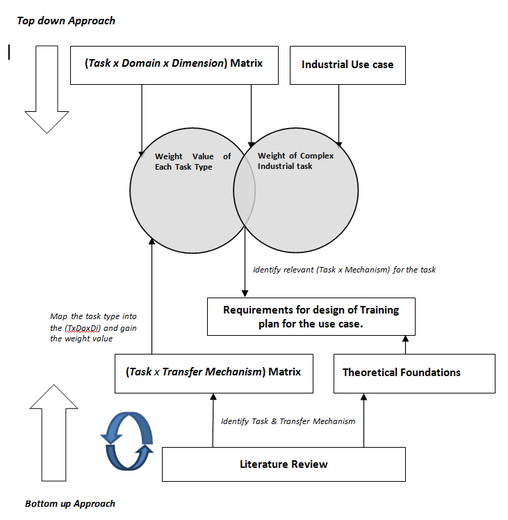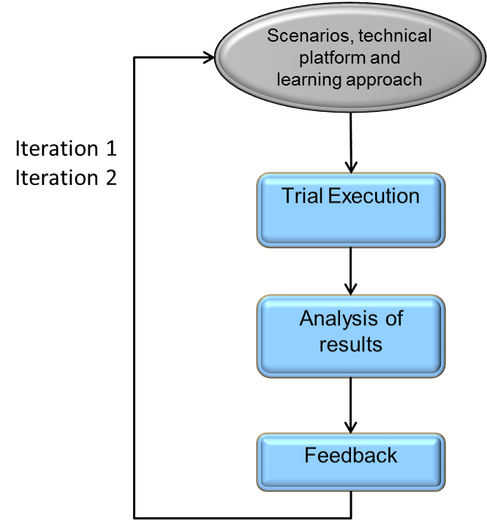Tech Project
Description of the challenges faced by the Tech Project
WEKIT stands for Wearable Experience for Knowledge Intensive Training. WEKIT is an ambitious European research and innovation project supported under Horizon 2020 to develop and test within three years a novel way of industrial training enabled by smart Wearable Technology (WT). In particular, 13 WEKIT partners representing academia and industry from six countries in Europe will build a ground-breaking industrial-strength learning technology platform and unique methodology to capture expert experience and share it with trainees in the process of enabling immersive, in-situ, and intuitive learning. In this way, WEKIT will bring learning content and technical documentation to life via task-sensitive Augmented Reality (AR), making industrial training more efficient, affordable and engaging.
Brief description of technology
With the advent of mass-produced holographic, wearable displays and projection systems, reality has indeed become a medium, enhancing human perception with additional, artificially generated sensory input to create a new experience including, but not restricted to, enhancing human vision by combining natural with digital offers. While successful examples of putting AR on smart glasses to use are plenty, it is by far not clear, what space of opportunity the new aesthetics have, nor is it clear which design principles drive satisficing user experience.
What the project is looking to gain from the collaboration and what kind of artist would be suitable
An artist in residence would help explore and research this new aesthetic and design and interaction principles for ‘reality 2.0’. There are two opportunities: • Using AR on smart glasses as a medium of expression, creating holographic exhibits or performances. • Reflecting on the holographic experience in other media, making the experience accessible to a wider audience (than ‘audiences of one’ of the wearer). Moreover, exploring what makes out the essence of a holographic experience (through translation to other media) would help determine success factors and design principles.
Resources available to the artist
The Performance Augmentation Lab (PAL) in Oxford's Brookes University is part of the Department of Computing and Communications Technologies (CCT) in the Faculty of Technology, Design, and Environment (TDE), also housing film and media, the school of the built environment, and the fine arts. PAL provides access to hard- and software needed to create holographic experiences, including access to Smart Glasses (Microsoft HoloLens, Epson BT-200, ...), Sensors (portable 3D scanner, MYO EMG armband, leap motion hand movement scanner, …), and Software (Unity, according AR plugins such as Vuforia, ARToolKit, Alvar, the WEKIT.one recorder for human expertise, the WEKIT.one player, WEKIT analytics, …). Moreover, we provide access to 3D printers and laser cutters (basic machines available in CCT, more advanced machines in the school of the built environment in TDE). Through collaboration with the School of Arts, a wide range of regular artist materials and access to ateliers and studios can be provided. This includes access to the Film and Photography studio, Cameras, Lights and Green screen. This is also a good dark space for trying out projections. Supervised access to the materials and Process workshop for construction, mainly wood with limited metal work facilities. There may be the possibility of access to the print making area should this be needed. Possible access to the Arena (Exhibition Space) for a limited period for setting up showing of work. We provide staff in PAL (WEKIT project) and staff in the School of Arts for supervision.
